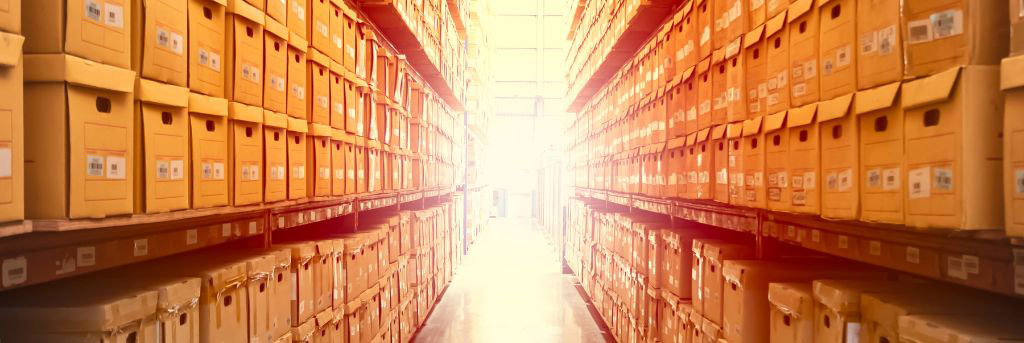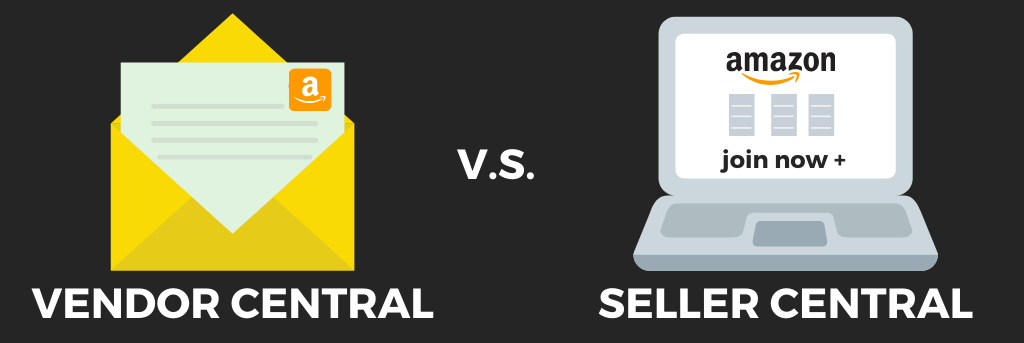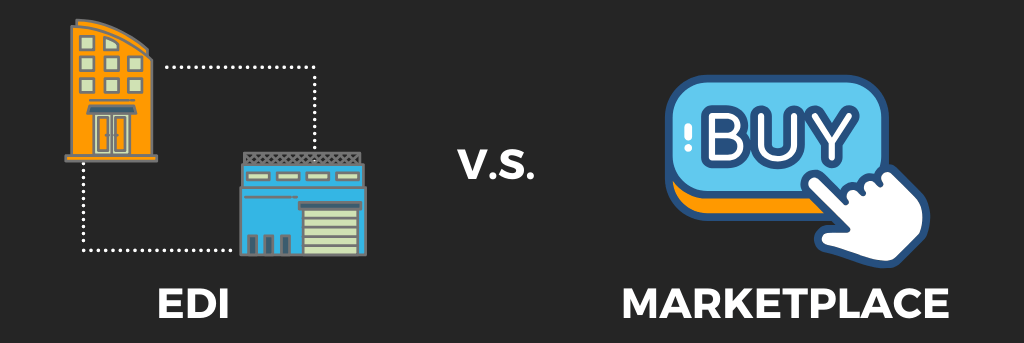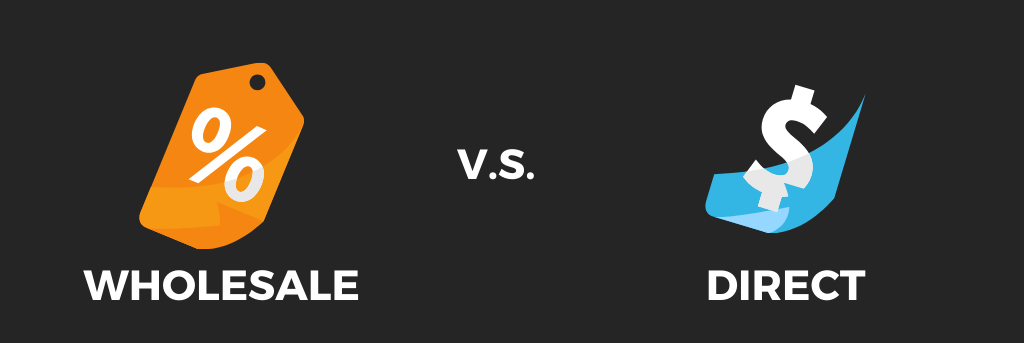The Difference Between Vendor and Seller on Amazon
Built For


You want to work with Amazon but you don’t know exactly where to begin. You rifle through the “Make Money With Us” category at the footer of Amazon’s homepage, clicking through a variety of options. Several options to sell on Amazon’s platform exist but, after ten minutes of reading through descriptions, you notice there is no option to sell directly TO Amazon.

Here we discover the fundamental difference between vendor and seller on Amazon.
While any business can easily sign up and sell on Amazon as a 3rd party (3P) seller through FBA (Fulfillment by Amazon) or FBM (Fulfillment by Merchant), a business must be invited by Amazon to become a 1st party (1P) vendor. Unless you are considered a “name brand,” you will likely start out as a 3rd party seller while you await an invitation.
However, while the difference between vendor and seller on Amazon begins with the type of partnership, there are a few more key differences worth noting:
- Sold by Amazon vs Sold by Merchant
- EDI vs Marketplace
- Wholesale vs Direct
The Difference Between Vendor and Seller on Amazon #1: Sold by Amazon vs Sold by Merchant

As a 1st party seller, a vendor, the minute you accept and fulfill Amazon’s purchase order for your products, they are rebranded as “Sold by Amazon” and control is ceded to Amazon. While you profit off the wholesale of products direct to the eCommerce giant, you are dependent on more purchase orders to properly capitalize on the partnership.
As a 3rd party seller, you maintain complete control over your products and profits. You sell products via the Amazon marketplace directly to customers. As far as a fulfillment goes, you have a choice depending on what is more profitable and practical for your business on how you fulfill orders. FBA allows Amazon to act as a 3PL for your inventory while FBM means you fulfill directly from your own warehouse(s).
The Difference Between Vendor and Seller on Amazon #2: EDI vs Marketplace

1st party business with Amazon as a vendor is typically achieved through EDI. EDI is the most common method of B2B transactions. While Amazon doesn’t require vendors to be outfitted with EDI, keeping up with demand and building a strong, efficient partnership would be tricky. Vendors should continue to monitor the success of their products sold by Amazon and be prepared for incoming purchase orders, as Amazon tends to run out of inventory and not give vendors a lot of forewarning.
3rd party sellers work and sell directly to customers. These B2C transactions take place directly on Amazon’s marketplace regardless of your style of fulfillment (FBA or FBM). Selling on Amazon works just as any other eCommerce marketplace – a seller lists products on Amazon, customers add items to their cart and purchase. A 3rd party seller using FBA will need to be cognizant of inventory levels while a seller using FBM will need to monitor each and every step of the inventory and fulfillment processes.
The Difference Between Vendor and Seller on Amazon #3: Wholesale vs Direct

While most B2B transactions are wholesale, wholesaling with Amazon – a marketplace built on selling products at unbeatable prices – is not as obviously profitable for some vendors as it is for others. The vendors who are not classified as “household names” will find more success selling to Amazon if they sell through multiple sales channels and mediums.
Once a vendor has negotiated a wholesale price with Amazon, they should not get too comfortable, as Amazon is notorious for coming back to the table many times throughout a partnership to renegotiate and lower the current wholesale price. It is unlikely for a wholesale price to ever be higher than the first negotiation. Amazon also monitors a vendor’s products sold through other channels – meaning if a vendor negotiates a wholesale price for a certain product on Amazon but is also selling that same product B2C on eBay for a cheaper per-item price, Amazon will drop the price of the vendor’s products on the marketplace and likely demand an even lower wholesale price.
However, the good news is that if Amazon invites a vendor to become a 1st party partner, that vendor was likely experiencing high-volume sales and consistent demand as a seller prior to the invitation – and that is unlikely to change when the product is branded by Amazon. If anything, with Amazon being the force behind a vendor’s marketing, advertising, customer support, and fulfillment, this can be an extremely profitable relationship for multi-channel vendors.
For 3rd party sellers, the difference between vendor and seller on Amazon when it comes to pricing and profits relies heavily on consumer demands to be consistently profitable.
Selling direct to customers on the Amazon marketplace allows a seller to maintain complete control over the pricing of their products and promotions. Amazon has no say. Revenue goes into the pockets of the seller, all though the cost of doing business can vary. However, Amazon has no qualms about competing against its 3rd party sellers, purchasing similar products from vendors, and marking them at lower prices. Alternatively, if a seller’s products are selling like hotcakes and grab Amazon’s attention, this creates the ideal condition for Amazon to approach the seller about participating in a 1st party relationship. Whether a 3rd seller would like to give up selling a product directly to customers and instead sell directly to Amazon depends on the individual seller. Not all businesses are created equally and what is going to the most profitable in the end depends on quite a few factors.
While we only address a few of the differences between a vendor and seller on Amazon, there are dozens of more factors and caveats to consider. Research is advised when it comes to determining what Amazon approach is the best for your business.
Acctivate Inventory Software is a premier solution for small and mid-sized multi-channel distributors and manufacturers seeking advanced inventory and business management features to optimize operations. Acctivate helps Amazon sellers and vendors to streamline and build a successful relationship with Amazon.
Call us at 817-870-1311





